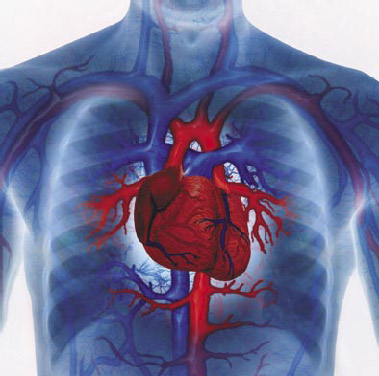
According to a recent study, a new 3D CT scanning technique can enhance the treatment of a dangerous and life threatening cardiac condition, ventricular tachycardia. The study is published online in Circulation: Arrhythmia and Electrophysiology,
a journal of the American Heart Association. Currently, this condition is treated by ablation. Yet, this technique has a long term success rate ranging between 50-60% only. In their study, researchers from Baltimore’s University of Maryland School of Medicine have been testing software applications for two years to use with the new CT technique.
More about the 3D CT technique.
The new 3D CT technique features a combination between abnormal cardiac anatomy images, cardiac muscle contractions and blood flow to generate 3D images. Such images can be used to guide doctors during radiofrequency ablation. Timm-Michael L. Dickfeld, MD, PHD, associate professor of medicine at the University of Maryland School of Medicine and senior author of the study, commented saying that the new imaging technique would allow treatment to be more accurate and less time consuming. He said “We can use 3D CT imaging to guide us more rapidly to areas of the heart that may cause the electrical abnormalities responsible for ventricular tachycardia, and move away from parts of the heart that do not contribute to the abnormalities,”
The study involved 11 patients who survived cardiac attacks but were suffering ventricular tachycardia as a result to presence of scar tissue in their hearts. Each patient had a cardioverter-defibrillator used to correct the cardiac beat problems, and each one also underwent an ablation procedure. Patients later were scanned using 64 slice CT. The data obtained after scanning were reconstructed into 3D images and then researchers compared these images with the results of the clinical electrical mapping system that is usually used in order to guide ablations. Researchers used CT to detect the location of scar tissues, which they were able to do in 82% of the involved patients. The researching team mentioned that further trials and studies about the potentials of the new 3D CT technique.
